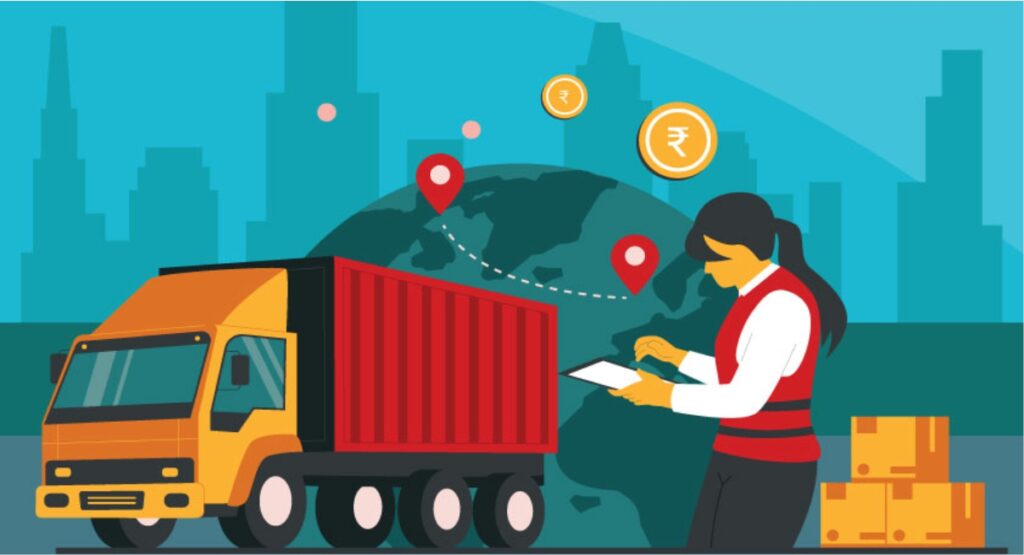
The transport industry in India plays a pivotal role in the nation’s economy, facilitating the movement of goods and people across vast distances. However, one of the most pressing challenges faced by this sector is the high cost of operations. From fuel prices to infrastructure expenses, several factors contribute to these elevated costs, impacting businesses, consumers, and the overall economic efficiency.
Factors Contributing to High Costs in India’s Transport Industry
- Fuel Prices:
Fuel costs constitute a significant portion of operational expenses for transporters. In India, fuel prices are influenced by international crude oil prices, domestic taxes, and currency exchange rates. Fluctuations in these factors directly impact the profitability of transport companies and the prices consumers pay for goods and services. - Infrastructure Costs:
Building and maintaining transport infrastructure, such as highways, bridges, and expressways, involve substantial investments. Inadequate infrastructure leads to congestion, delays, and increased operational costs due to vehicle wear and tear and fuel wastage. The case study of the Mumbai-Pune Expressway highlights how initial investment in high-quality infrastructure can mitigate long-term operational costs by reducing travel time and fuel consumption. - Regulatory Compliance:
Compliance with regulatory standards and norms adds to the operational costs of transport companies. This includes vehicle registration fees, insurance premiums, road tax, and environmental compliance costs. Striking a balance between regulatory compliance and cost-effectiveness is crucial for sustainable operations. - Technological Upgradation:
The adoption of modern technologies, such as GPS tracking systems, electronic toll collection (ETC), and fuel-efficient vehicles, requires upfront investments. While these technologies improve operational efficiency and reduce costs in the long run, the initial capital outlay can be a barrier for many transport operators. - Labor and Overheads:
Labor costs, including wages, benefits, and training, contribute significantly to the overall expenses in the transport industry. Moreover, overhead costs related to administrative expenses, maintenance facilities, and insurance further add to the financial burden on transport companies.
Case Study: Mumbai-Delhi Industrial Corridor
The Mumbai-Delhi Industrial Corridor (MDIC) exemplifies the impact of high transport costs on regional economic development. Despite being a crucial economic artery connecting India’s financial capital (Mumbai) with its political hub (Delhi), the corridor faces challenges related to high logistics costs. These costs are primarily driven by inefficiencies in transport infrastructure, bureaucratic bottlenecks, and regulatory compliance burdens. Addressing these issues could unlock the corridor’s potential to boost industrial growth and create employment opportunities.
Addressing the Challenge
- Policy Interventions:
Government policies aimed at reducing fuel taxes, streamlining regulatory procedures, and incentivizing investment in transport infrastructure can alleviate cost pressures on transport operators. For instance, targeted subsidies or tax breaks for adopting eco-friendly technologies can encourage sustainable practices while reducing operational costs. - Infrastructure Development:
Continued investment in building and upgrading transport infrastructure is essential to improve connectivity, reduce travel time, and enhance operational efficiency. Public-private partnerships (PPPs) can play a crucial role in mobilizing resources for large-scale infrastructure projects. - Technology Adoption:
Embracing digital solutions for fleet management, route optimization, and real-time monitoring can optimize resource utilization and minimize operational costs. Moreover, investments in renewable energy sources for transport, such as electric vehicles (EVs) and biofuels, offer long-term sustainability benefits and cost savings. - Skill Development:
Enhancing the skills of transport sector workforce through training programs and vocational education can enhance productivity and efficiency, thereby reducing operational costs per unit of transportation.
